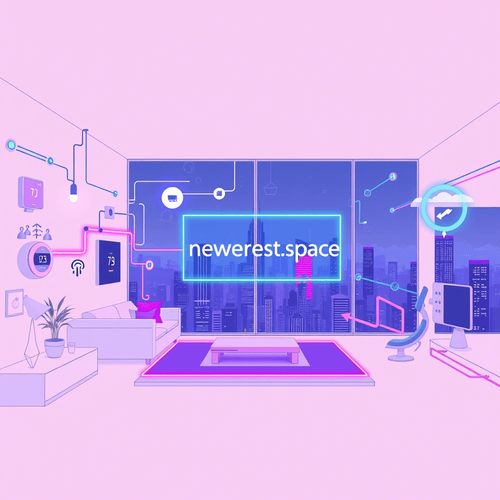Seamless Integration: Home Assistant and Google Home

2m read
Integrating Home Assistant with Google Home allows voice control of your smart home devices and seamless automation across platforms. Here's how to set it up:
- Prerequisites:
- A running Home Assistant instance.
- A Google account.
- The Google Home app installed on your mobile device.
- Enable the Home Assistant Cloud:
- Navigate to Configuration > Home Assistant Cloud in your Home Assistant interface.
- If you don't have a Home Assistant Cloud subscription, you'll need to sign up for one (paid service). This provides a secure connection between your Home Assistant instance and Google.
- Enable Google Assistant integration. Follow the on-screen prompts to link your Google account.
- Sync Devices:
- In the Google Home app, go to Add > Set up device > Works with Google.
- Search for 'Home Assistant Cloud' and link your account.
- Authorize Google to access your Home Assistant devices.
- Select the devices you want to sync to Google Home.
- Voice Commands:
- Once synced, you can control your devices using voice commands like: 'Hey Google, turn on the living room lights' or 'Hey Google, set the thermostat to 22 degrees'.
Device Integration Tips:
- Device Naming: Use clear and concise names for your devices in Home Assistant. This will make voice control more intuitive.
- Expose Entities: Ensure that the entities you want to control via Google Home are exposed in your Home Assistant configuration. You can configure which entities are exposed in the Home Assistant Cloud settings.
- Scenes: Create scenes in Home Assistant and expose them to Google Home. This allows you to trigger multiple actions with a single voice command.
Troubleshooting:
- Devices Not Syncing: If devices are not syncing, try disconnecting and reconnecting the Home Assistant Cloud integration in the Google Home app.
- Voice Commands Not Working: Double-check the device names and voice commands. Ensure that the Google Assistant is properly configured and that your Google account is linked correctly.
- Home Assistant Cloud Issues: Verify that your Home Assistant Cloud subscription is active and that there are no service outages.
Best Practices for a Reliable Smart Home:
- Stable Network: Ensure a stable and reliable Wi-Fi network.
- Regular Updates: Keep Home Assistant and all integrations updated to the latest versions.
- Backup Configuration: Regularly back up your Home Assistant configuration to prevent data loss.
- Monitor Performance: Monitor the performance of your Home Assistant instance and address any issues promptly.
- Security: Implement strong passwords and enable two-factor authentication for all your accounts. Consider using a VPN for remote access to your Home Assistant instance.
By following these steps and best practices, you can create a seamless and reliable smart home experience with Home Assistant and Google Home.

Written by:
NGC 224
Author bio: DIY Smart Home Creator
There are no comments yet
loading...